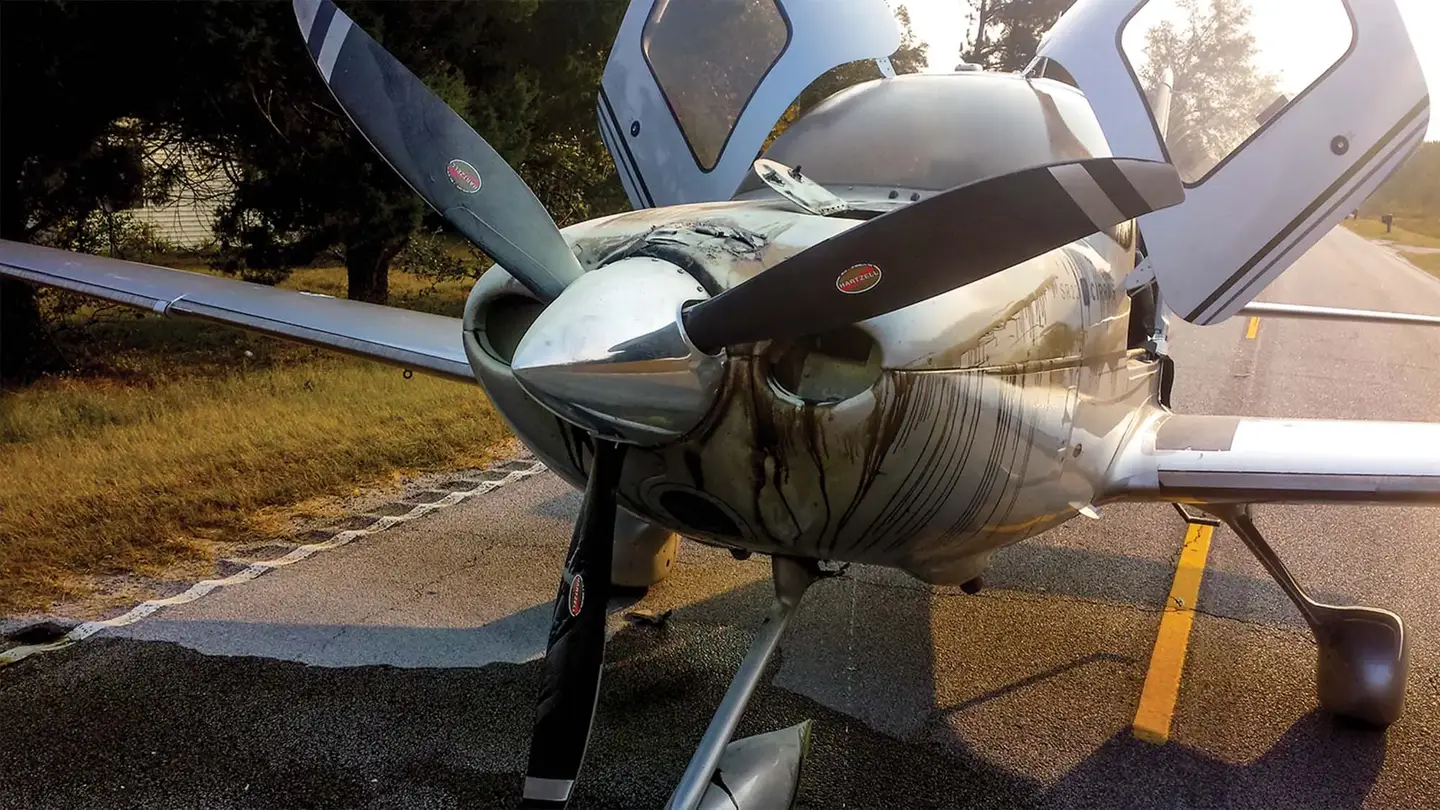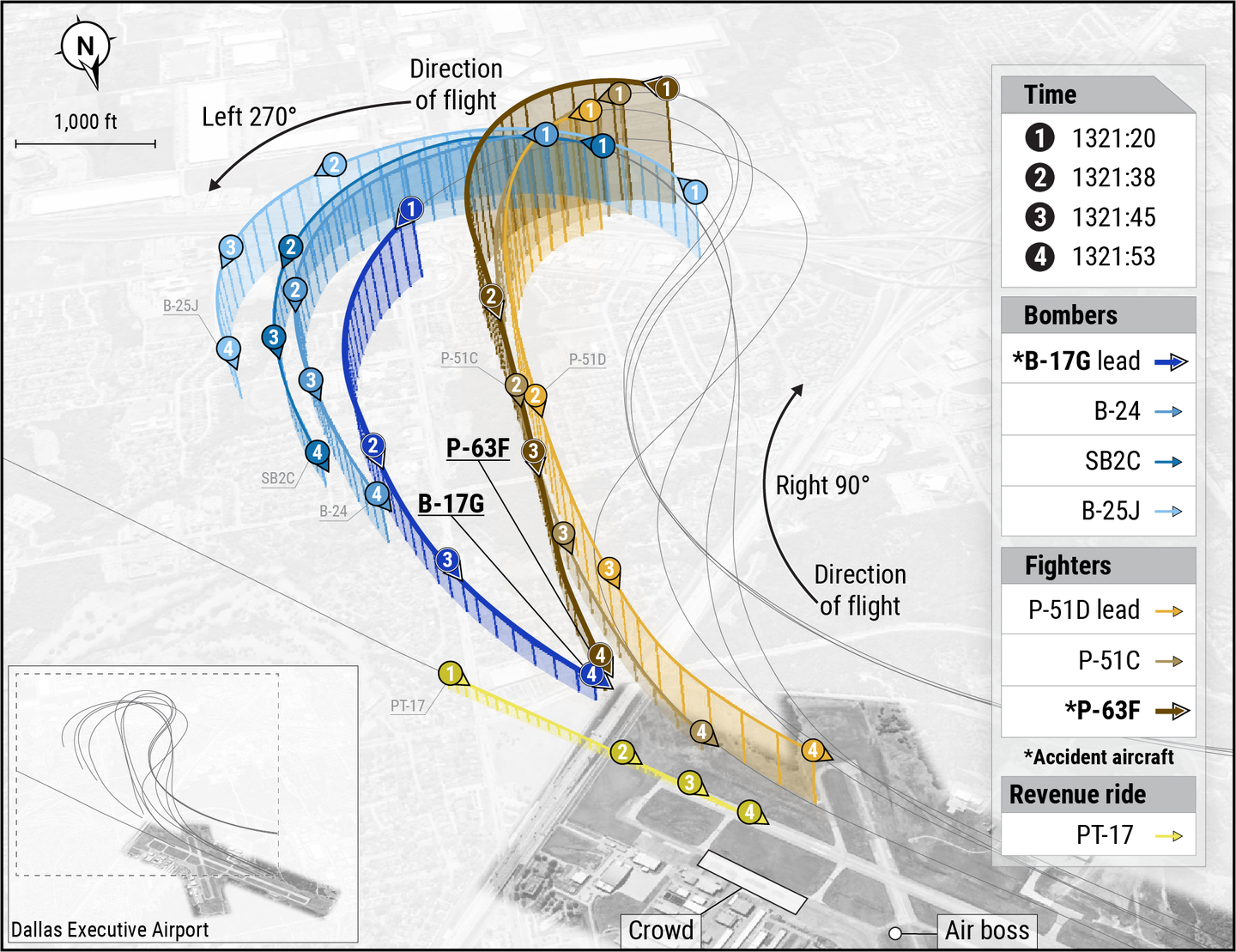General Aviation Accident Bulletin
AVweb’s General Aviation Accident Bulletin is taken from the pages of our sister publication, Aviation Safety magazine. All the reports listed here are preliminary and include only initial factual findings…

Aviation Safety Accident Bulletin
AVweb's General Aviation Accident Bulletin is taken from the pages of our sister publication, Aviation Safety magazine. All the reports listed here are preliminary and include only initial factual findings about crashes. You can learn more about the final probable cause on the NTSB's website at www.ntsb.gov. Final reports appear about a year after the accident, although some take longer. Find out more about Aviation Safety at www.aviationsafetymagazine.com.
August 1, 2020, Seiling, Okla.
Piper PA-28R-201 Arrow III/V
At about 0130 Central time, the airplane was substantially damaged during an aborted takeoff attempt. The pilot and three passengers were not injured.
The pilot later reported confirming takeoff weight was below the maximum and adequate fuel was aboard. He calculated the airplane required 1700 to 1800 feet of the 2435-foot-long runway then held the brakes and applied full power before beginning the takeoff roll. He noticed vibration from the engine, though, and aborted the takeoff. Unable to stop, the airplane ran off the end of the runway, over a road and into trees.
August 1, 2020, Sumter, S.C.
Piper PA-31-325 Navajo C/R
The airplane was substantially damaged at about 1000 Eastern time after an engine failed at low altitude. The pilot and co-pilot sustained minor injuries. Visual conditions prevailed for the geological survey flight.
Two hours into the low-level survey mission, the pilots switched from the inboard fuel tanks to the outboards. After 1.5 hours on the outboard tanks, the left engine started “surging” and rapidly lost power. The airplane began to lose altitude and soon had descended below tree-top level. The PIC took control and turned to a field just ahead of them. The airplane stalled just above the ground, with the right wing contacted the ground first. During the crash sequence, side windows shattered and the right outboard fuel tank exploded, igniting a post-impact fire. Both pilots egressed through the rear door.
Examination revealed both engines had separated from their wings but neither showed signs of producing power at impact. The left outboard fuel tank was completely full of fuel; the left inboard tank was empty. The right wing and the fuselage were destroyed by fire.
August 1, 2020, Bentonville, Ark.
Cessna T206H Turbo Stationair
The pilot reported landing “flat” and the airplane “bounced.” After a second “bounce,” the pilot initiated a go-around, but the nose landing gear contacted the runway a third time and the nose wheel “blew out.” The airplane veered to the left, exited the runway pavement and nosed over, sustaining substantial damage. The pilot observed no anomalies during the preflight inspection. A flight instructor who witnessed the accident stated the airplane remained in a “nose-down pitch attitude” until the nose wheel contacted the runway, which caused the airplane to “bounce.”
August 1, 2020, Dunnellon, Fla.
American Aviation AA-5 Traveler
The airplane sustained substantial damage when it impacted terrain at an unknown time. The solo private pilot was fatally injured. At 1527, the pilot texted his girlfriend, saying he was going to “fly a couple laps” around the traffic pattern. When the girlfriend did not hear back from the pilot, a search was initiated and the airplane was located the following morning less than a mile west of the airport in heavily wooded terrain.
According to the airplane’s co-owner, the airplane had not flown in 14 years and was “in pieces” when purchased. The airplane was partially assembled by the pilot, who did not hold an FAA mechanic certificate but wanted to get the airplane ready for a formal annual inspection. The airport manager said the pilot had flown the airplane a few times, including on July 14, when the pilot took off and landed numerous times. During that flight, the airplane struck a runway light and sustained a tail strike.
August 1, 2020, Honesdale, Penn.
Piper PA-32RT-300T Turbo Lance II
At about 0750 Eastern time, the airplane was substantially damaged during an attempted takeoff after a loss of control. The pilot and four passengers were not injured.
After releasing the brakes for the takeoff, the airplane began veering to the left, which right rudder did not correct. About halfway down the runway and not yet at liftoff speed, the airplane was near the runway’s left edge; the pilot attempted to get airborne by pulling back on the control wheel. He felt the tail “bump” and noted the airplane was off the left side of the runway. The airplane subsequently came to rest in grass with the nose landing gear collapsed.
This article originally appeared in the November 2020 issue of Aviation Safety magazine.
For more great content like this, subscribe to Aviation Safety!






